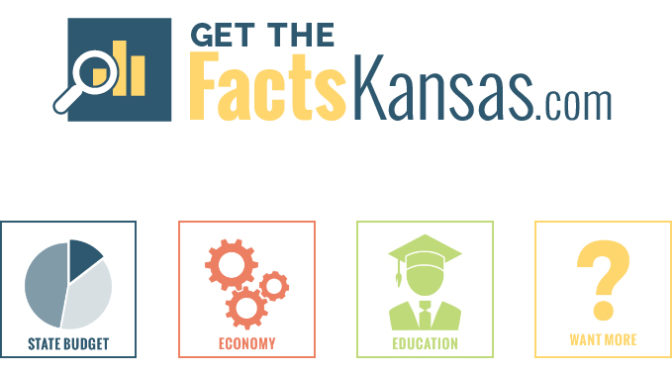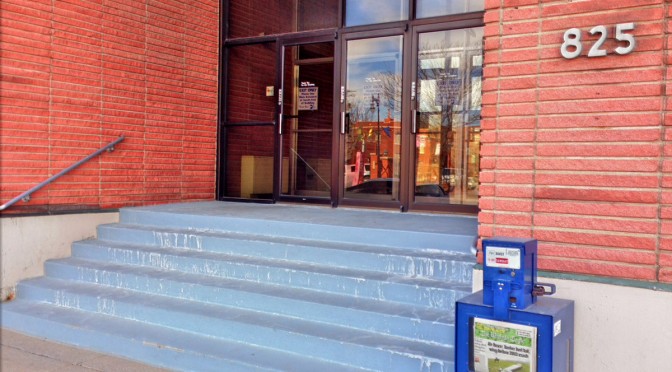Category: Kansas news media
-

Coverage of Downtown Wichita workers
The Wichita Eagle’s coverage of the number of workers in Downtown Wichita isn’t fake news, just wrong news.
-

Fake government spawns fake news
Discussions of public policy need to start from a common base of facts and information. An episode shows that both our state government and news media are not helping
-

Topeka Capital-Journal falls for a story
The editorial boards of two large Kansas newspapers have shown how little effort goes into forming the opinions they foist upon our state.
-

GetTheFactsKansas launched
From Kansas Policy Institute and the Kansas Chamber of Commerce, a new website with facts about the Kansas budget, economy, and schools.
-
Brownback derangement syndrome on display
A newspaper op-ed illustrates some of the muddled thinking of Kansas newspaper editorialists, not to mention Brownback derangement syndrome.
-

WichitaLiberty.TV: The Wichita Eagle fails the city and its readers
In this excerpt from WichitaLiberty.TV: In its coverage of the recent election, the Wichita Eagle has failed to inform its readers of city and state issues.
-

Newspaper editorialists with an ideology? Not in Kansas, surely.
Caution, Kansas newspaper editorialists. Your ideology is showing.
-

In election coverage, The Wichita Eagle has fallen short
Citizens want to trust their hometown newspaper as a reliable source of information. The Wichita Eagle has not only fallen short of this goal, it seems to have abandoned it.
-

Recommended: Kansas Meadowlark
Kansas Meadowlark is the best site for aggregation of Kansas-centric news and opinion.